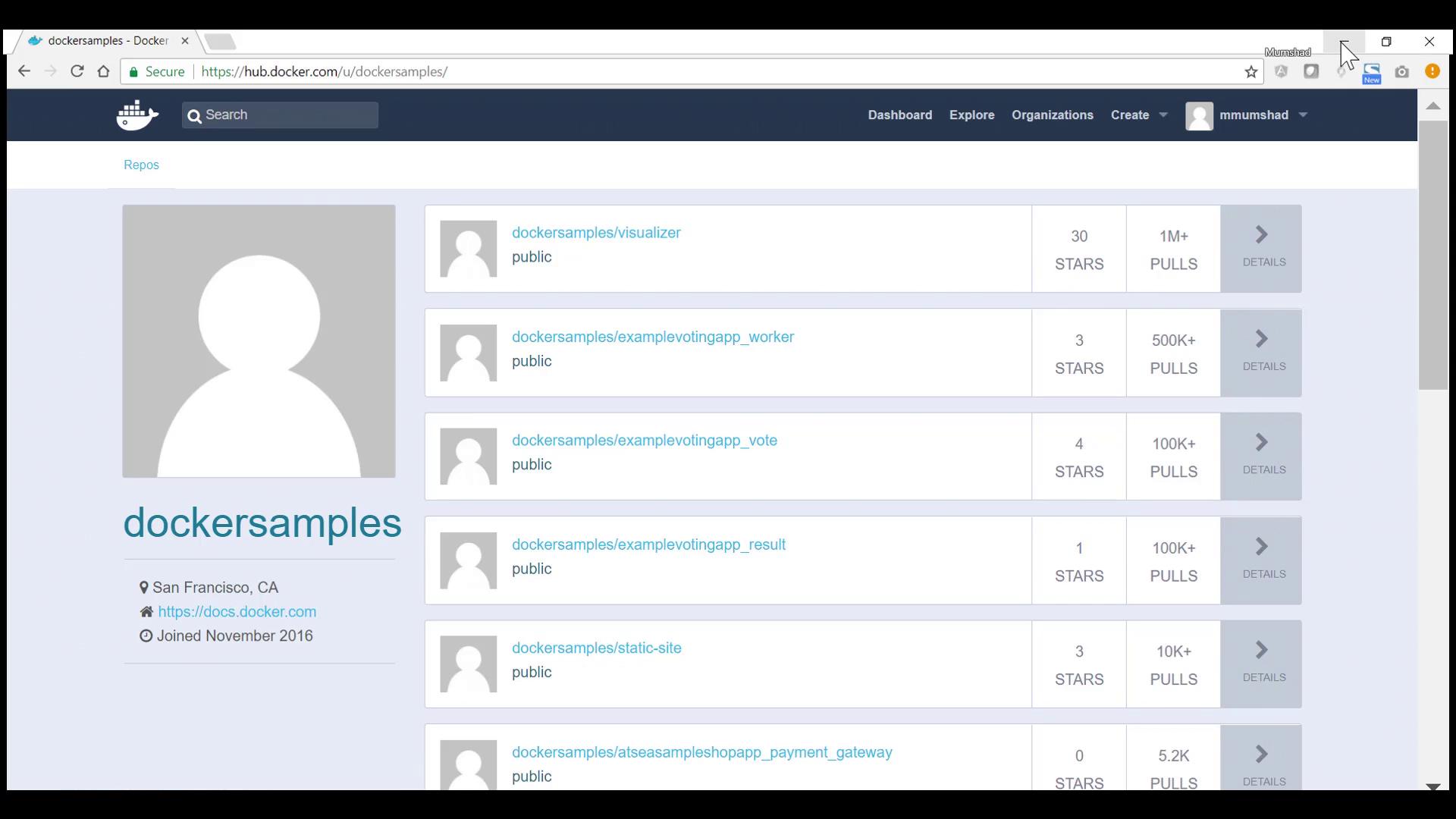Docker - SWARM | SERVICES | STACKS - Hands-on
Docker Stacks
Demo Docker Stack
Welcome to this comprehensive lesson on Docker Stacks. Previously, you learned how to run the Voting Application using Docker run and Docker Compose. In this lesson, we will enhance your deployment strategy by using Docker Stack to deploy the Voting Application across multiple nodes in a cluster.
Converting the Compose File
Begin by modifying your Docker Compose file to be compatible with Docker Stack. Update the file format to version 3 by specifying the version at the top and organizing the configuration under a services section. Below is the updated Compose file:
version: '3'
services:
redis:
image: redis
db:
image: postgres:9.4
vote:
image: dockersamples/examplevotingapp_vote
ports:
- 5000:80
worker:
image: dockersamples/examplevotingapp_worker
result:
image: dockersamples/examplevotingapp_result
ports:
- 5001:80
This file defines the following services:
- Redis for caching.
- PostgreSQL database (db).
- Voting interface (vote) exposed on port 5000.
- Backend worker to process votes.
- Result service exposed on port 5001.
The images for vote, worker, and result are maintained in the Docker Samples repository on Docker Hub.

Preparing the Application for Deployment
To prepare the application:
- Create a new directory (e.g., "voting-app-stack") on your Docker host.
- Copy the updated Compose file into this directory and save it as
docker-stack.yaml.
Once you have the file ready, deploy the stack with the following command, ensuring you use the same stack name ("voting-app-stack"):
root@docker-master:/root/voting-app-stack # docker stack deploy voting-app-stack --compose-file docker-stack.yml
Creating network voting-app-stack_default
Creating service voting-app-stack_worker
Creating service voting-app-stack_result
Creating service voting-app-stack_redis
Creating service voting-app-stack_db
Creating service voting-app-stack_vote
root@docker-master:/root/voting-app-stack # docker service ls
ID NAME MODE REPLICAS IMAGE PORTS
3jkedpmwa9vu voting-app-stack_worker replicated 0/1 dockersamples/examplevotingapp_worker:latest
dxiwtn4ersh7 voting-app-stack_db replicated 1/1 postgres:9.4
pc268n3july4 voting-app-stack_result replicated 1/1 dockersamples/examplevotingapp_result:latest *:5001->80/tcp
qwhi4xn67d7 voting-app-stack_redis replicated 1/1 redis:latest
z7jywvrse2lr voting-app-stack_vote replicated 0/1 dockersamples/examplevotingapp_vote:latest *:5000->80/tcp
root@docker-master:/root/voting-app-stack #
root@docker-node2:/root #
When you deploy the stack, Docker creates a default network named voting-app-stack_default where all containers connect. Use the following command to verify the status of your services:
root@docker-master:/root/voting-app-stack # docker service ls
Note
Initially, you may notice that the worker and vote services are missing one instance. This is normal as the deployment process scales up based on resource availability.
To inspect the status of a particular service, such as the vote service, run:
docker service ps voting-app-stack_vote
Once deployed, open your web browser and navigate to port 5000 to view the voting interface. Each vote is captured and processed, with results displayed through the result service.
Scaling the Voting Application
By default, each service starts with a single instance. For increased availability, you can scale the voting interface by deploying multiple replicas. To scale the vote service, update the Compose file to include a deploy parameter with the replicas setting under the vote service:
version: '3'
services:
redis:
image: redis
db:
image: postgres:9.4
vote:
image: dockersamples/examplevotingapp_vote
ports:
- 5000:80
deploy:
replicas: 2
worker:
image: dockersamples/examplevotingapp_worker
result:
image: dockersamples/examplevotingapp_result
Save the changes and redeploy the stack using the same command. Docker Stack updates existing services rather than creating new ones:
root@docker-master:/root/voting-app-stack # docker stack deploy voting-app-stack --compose-file docker-stack.yml
Updating service voting-app-stack_result (id: hhyb4vw7h64al9117aq66nfq)
Updating service voting-app-stack_redis (id: myheg84g4y44mnhlp2tsxqupl)
Updating service voting-app-stack_db (id: jozj233cv0a195rck9lf7h7ej)
Updating service voting-app-stack_vote (id: gc9ocknrcohmm7ty8n804hxut)
Updating service voting-app-stack_worker (id: dw5yqfgygriosomlnljmevylx)
Next, check the updated service list and replica counts:
root@docker-master:/root/voting-app-stack # docker service ls
ID NAME MODE REPLICAS IMAGE
dw5yqfgygrio voting-app-stack_worker replicated 1/1 dockersamples/examplevotingapp_worker
gc9ocknrcohm voting-app-stack_vote replicated 1/2 dockersamples/examplevotingapp_vote
hhyb4vw7h64a voting-app-stack_result replicated 1/1 dockersamples/examplevotingapp_result
jozj233cv0ai voting-app-stack_db replicated 1/1 postgres:9.4
myheg8ag4y44 voting-app-stack_redis replicated 1/1 redis:latest
To view detailed information about the vote service's tasks, execute:
root@docker-master:/root/voting-app-stack # docker service ps voting-app-stack_vote
ID NAME IMAGE NODE DESIRED STATE CURRENT STATE
31c0km6qgomw voting-app-stack_vote.1 dockersamples/examplevotingapp_vote:latest docker-node2 Running Running
x5lsrm5maoa9 voting-app-stack_vote.1 dockersamples/examplevotingapp_vote:latest docker-master Shutdown Shutdown
qtosngwa5zog voting-app-stack_vote.2 dockersamples/examplevotingapp_vote:latest docker-node1 Running Running
In this output, one task is running on node two while the other begins processing on node one.
Conclusion
The Voting Application is now successfully deployed using Docker Stack. This configuration not only simplifies deployment across multiple nodes but also provides an easy pathway for scaling services. Keep experimenting with Docker Stack to enhance your container orchestration skills.
Happy Dockering!
Watch Video
Watch video content